Making AI models more trustworthy for high-stakes settings
A new method helps convey uncertainty more precisely, which could give researchers and medical clinicians better information to make decisions.

Amazon and Apple’s latest earnings reports highlight the growing impact of tariffs on major technology companies, signaling a tougher business climate ahead for the sector.

Moty Cristal, a seasoned negotiator with experience in high-stakes situations involving Hamas and Hezbollah, now applies his skills to negotiating with ransomware gangs.

Tesla’s CEO, Elon Musk, saw a significant drop in his wealth as he took on an unprecedented role in reducing federal bureaucracy under President Trump.

The venture capital firm led by Klarna’s founder believes that Trump’s policies could spur Europe to accelerate its climate initiatives.
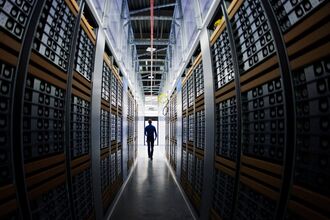
Stack, owned by Blue Owl, is seeking a substantial loan to fuel its expansion in Asia, reflecting the region’s growing demand for technology infrastructure.

Authorities in Singapore are intensifying their investigation into alleged fraud involving Nvidia’s AI chips, potentially widening the scope of charges.

A court has ruled that OpenAI must face Elon Musk’s fraud claims as part of an ongoing restructuring lawsuit, keeping the legal battle in the spotlight.

The CEO of Xcel Energy suggests that the growing power demands of AI could increase the likelihood of new large-scale nuclear projects in the US.

Apple’s latest earnings report, which missed sales estimates in China, has reignited concerns about tariffs and the company’s exposure to the Chinese market.

An in-depth look at Israel’s upgraded air defense system reveals important lessons for the US as it considers developing its own missile shield, dubbed the ‘Golden Dome’.

Chinese AI upstart DeepSeek claims its ChatGPT rival operates at a fraction of the cost, prompting questions about the sustainability of massive AI budgets.
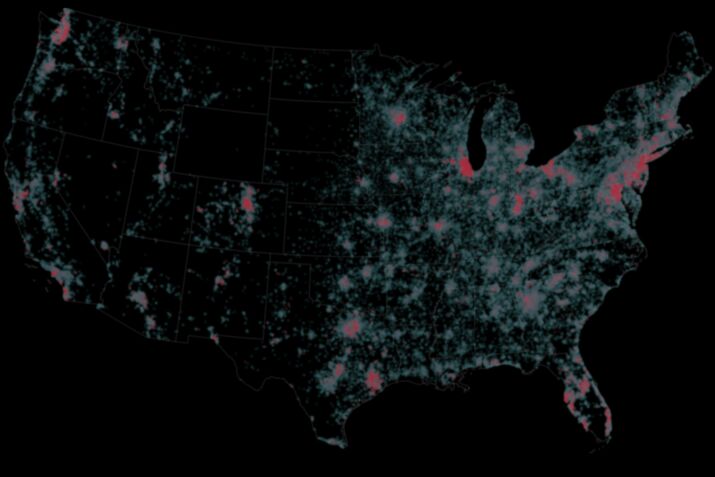
A Bloomberg analysis finds a strong link between proximity to data centers and high levels of power distortions in US homes, as AI’s energy demands reshape the grid.

SoftBank founder Masayoshi Son is planning a $100 billion investment in the US as part of a bold strategy to rival Nvidia in the AI sector.

Winners of BloombergNEF’s annual Pioneers awards are deploying next-generation climate solutions, driving the global energy transition despite market turbulence.
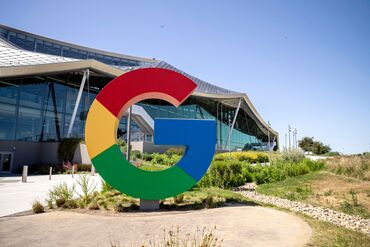
The US Department of Justice is seeking a court order to break up Google’s advertising technology business, escalating its antitrust battle with the tech giant.

Apple faces multiple analyst downgrades amid rising concerns over tariffs and slowing growth, adding pressure to the company’s stock performance.

The rapid expansion of AI is driving unprecedented demand for data, chips, real estate, power, and water, straining global resources and infrastructure.

A look at the high costs associated with developing and deploying artificial intelligence, from hardware to energy and talent.

As AI systems become more capable of generating text, questions remain about their effectiveness in financial markets, particularly in stock picking.

A new method helps convey uncertainty more precisely, which could give researchers and medical clinicians better information to make decisions.

New phase will support continued exploration of ideas and solutions in fields ranging from AI to nanotech to climate — with emphasis on educational exchanges and entrepreneurship.
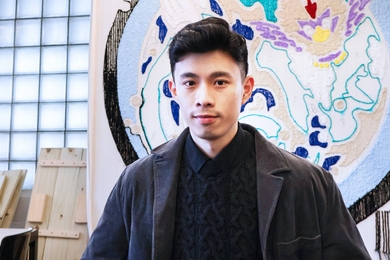
MAD Fellow Alexander Htet Kyaw connects humans, machines, and the physical world using AI and augmented reality.
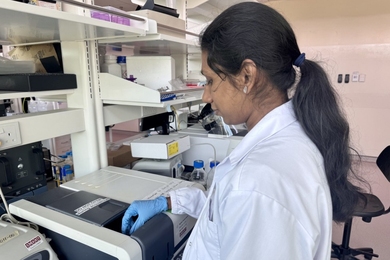
Ultraviolet light “fingerprints” on cell cultures and machine learning can provide a definitive yes/no contamination assessment within 30 minutes.

Lincoln Laboratory is transitioning tools to the 618th Air Operations Center to streamline global transport logistics.
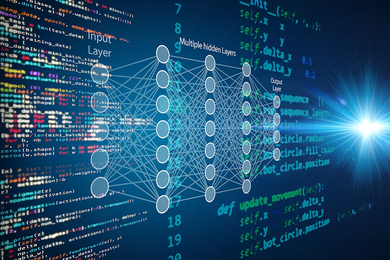
Using diagrams to represent interactions in multipart systems can provide a faster way to design software improvements.

Chemists could use this quick computational method to design more efficient reactions that yield useful compounds, from fuels to pharmaceuticals.
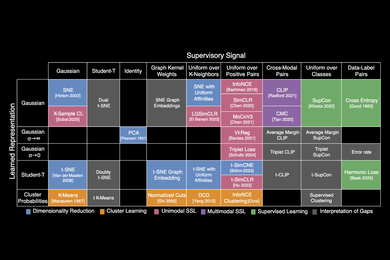
Researchers have created a unifying framework that can help scientists combine existing ideas to improve AI models or create new ones.

TactStyle, a system developed by CSAIL researchers, uses image prompts to replicate both the visual appearance and tactile properties of 3D models.

The renowned designer embraces generative AI to preserve and propel her legacy.
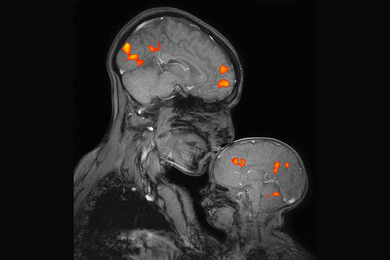
A quarter century after its founding, the McGovern Institute reflects on its discoveries in the areas of neuroscience, neurotechnology, artificial intelligence, brain-body connections, and therapeutics.
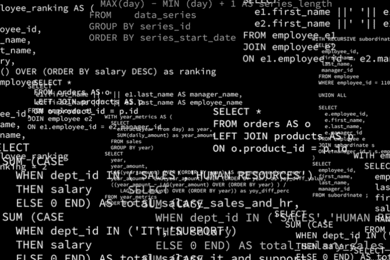
A new technique automatically guides an LLM toward outputs that adhere to the rules of whatever programming language or other format is being used.

By eliminating redundant computations, a new data-driven method can streamline processes like scheduling trains, routing delivery drivers, or assigning airline crews.

A new method from the MIT-IBM Watson AI Lab helps large language models to steer their own responses toward safer, more ethical, value-aligned outputs.

The approach maintains an AI model’s accuracy while ensuring attackers can’t extract secret information.
Meta Platforms Inc. is hosting its first generative artificial intelligence conference for developers, LlamaCon, on Tuesday.